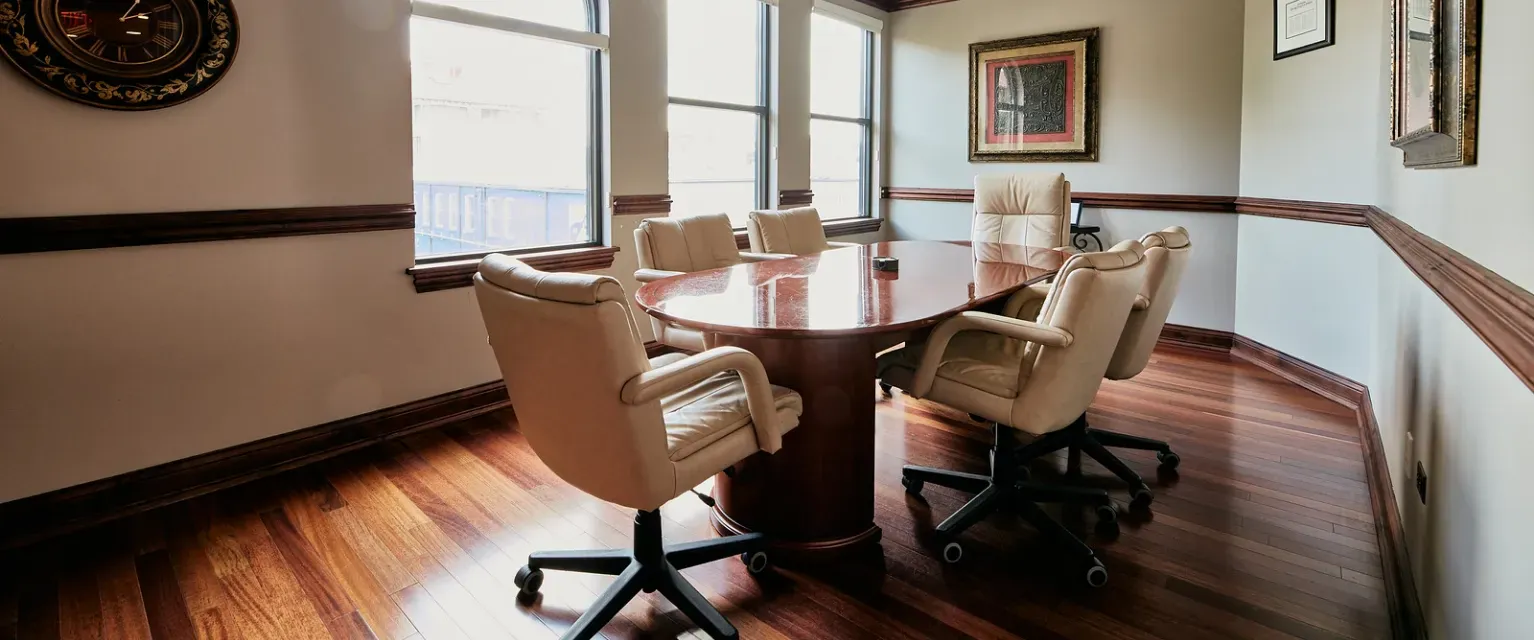If you are injured in an accident caused by another party, you have the right to recover compensation for your damages. However, you must prove that another party is at fault and a personal injury lawyer in Chicago can help you.
Personal injury claims are based on tort law. There are three basic types of torts: negligent torts, intentional torts, and strict liability torts. Most personal injury claims are based on negligence.
What You Must Prove in a Personal Injury Claim
If your personal injury claim is based on negligence, you must prove the four essential elements of negligence:
- Duty of care. You must prove that the defendant owed you a duty of care. For example, all drivers owe a duty of care to drive carefully to avoid harming others.
- Breach of duty. You must prove that the defendant breached their duty by their negligent action or inaction. For example, if the driver runs a stop sign due to distraction, they have breached their duty of care.
- Causation. You must also prove that the defendant’s negligent action or inaction was the cause of your accident and injuries. So, in the above example, you must prove that the defendant’s running the stop sign was the cause of your accident.
- Damages. You must prove that you suffered damages caused by the defendant’s negligent action or inaction. This may include property damages, medical expenses, and lost wages.
These elements are usually heavily contested and can be challenging to prove. You need the help of an experienced, skilled personal injury attorney to ensure each element is proven with strong evidence.
The Evidence Used to Prove Your Personal Injury Claim
Proving your claim means providing evidence to show that what you claim is true. The type of evidence we may use varies depending on the facts of your case. Some commonly used evidence in personal injury claims includes:
- Photographs and video footage. We may use photographs taken at the scene of an accident and of your injuries. Video footage taken by you or others at the scene, as well as nearby surveillance video, dashcam video, and traffic camera footage, may also be used.
- Event data recorders. The event data recorder (EDR), also known as the vehicle’s black box, contains essential information about the driver’s speed, braking, and other relevant details.
- Police reports. The report of the responding officer to your accident is an essential piece of evidence that contains valuable information. It is a formal record that helps establish critical facts.
- Driver logs and maintenance records. Depending on the type of accident, we may use driver logs and maintenance records to show evidence of negligence.
- Eyewitness accounts. When there are witnesses to the accident, their testimony is crucial in establishing fault.
- Medical records. Your medical records are used to help establish the existence and severity of your injuries.
- Bills, invoices, receipts. We will use these to help prove the value of some of your damages.
- Wage reports and employment records. We will use your employment record to show days missed from work and to prove lost wages.
- Cell phone records. In some cases, such as an accident caused by a driver while texting or talking, we may use cell phone records to establish fault.
The skilled personal injury attorneys at Meyers & Flowers Trial Attorneys carefully select the best evidence to prove fault according to the specific facts of your claim.
Contact Meyers & Flowers Trial Attorneys Today
If you have been injured in an accident or incident caused by another party, you need the help of an experienced Chicago personal injury attorney to help you prove fault and recover maximum compensation.
At Meyers & Flowers Trial Attorneys, we have recovered over $6 billion for our clients. We have the experience, skills, and resources to help you recover the compensation you deserve. Call (630) 576-0528 or complete the short form on our contact page and schedule a free consultation to discuss your personal injury claim.




